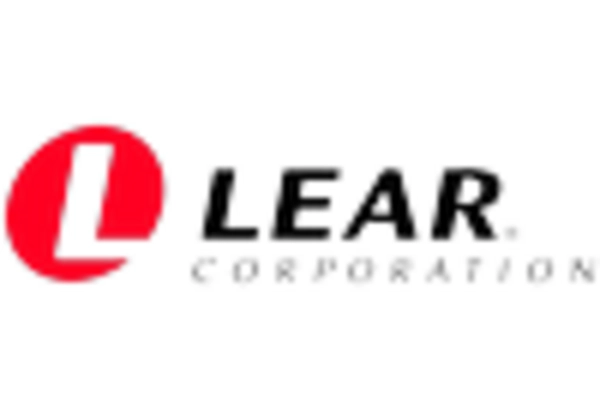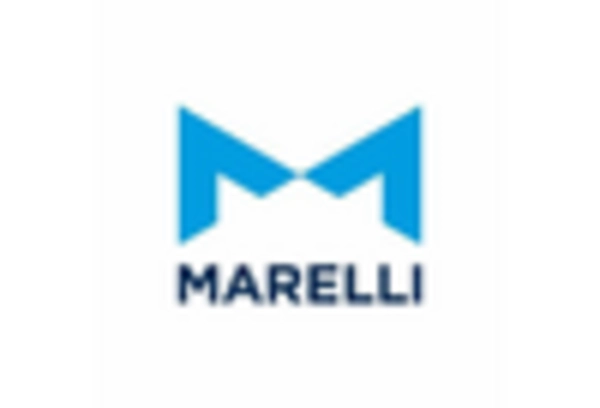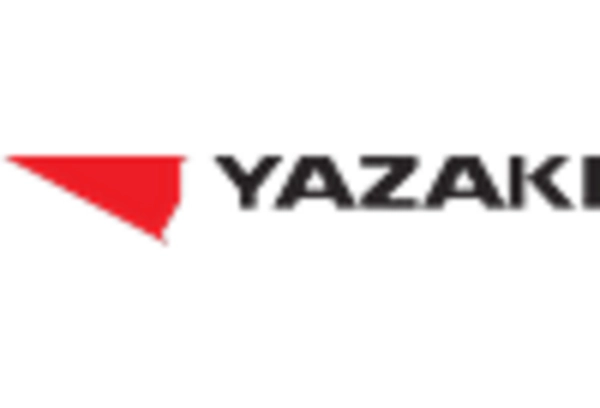Leading market players put money into studies and development to innovate and differentiate their junction box answers from competitors. This includes developing advanced features such as smart diagnostics, included connectivity, and more advantageous protection functionalities to cater to evolving purchaser needs. Market participants are also undertaking a variety of strategic activities to expand their global footprint, with important market developments including new product launches, contractual agreements, promoting, mergers and acquisitions, higher investments, and collaboration with other organizations. To expand and survive in a more competitive and rising market climate, the Automotive Junction Box industry must offer cost-effective items.
Establishing local manufacturing facilities, distribution networks, and sales channels are the key business tactics used by manufacturers in the global Automotive Junction Box industry to benefit clients and increase the market sector. In recent years, the Automotive Junction Box industry has offered some of the most significant product innovations. Major players in the Automotive Junction Box Market, including Aisin Seiki Co.
Ltd., BorgWarner Inc., Continental AG, Denso Corporation, Eaton Corporation Plc, Hilite International, Hitachi Astemo, Ltd., Both, Maxwell Technologies Inc, Mechadyne International Ltd, Robert Bosch Gmbh, and others, are attempting to increase market demand by investing in research and development operations.
BorgWarner Inc. is a distinguished American automotive and e-mobility supplier situated in Auburn Hills, Michigan. Established in 1880, the organization operates globally with 92 places throughout 24 international locations. With sales attaining US$15.8 billion and around 52,000 personnel as of 2022, BorgWarner is a key player within the automobile industry. BorgWarner's products, together with turbochargers, emission systems, and transmission additives, are essential to improving car performance and efficiency. Embracing electrification, BorgWarner is strategically positioned to develop its eProducts, aiming for over $10 billion in annual eProduct income via 2027 while retaining a strong presence in the automotive OEM marketplace.
In February 2022, The purchase of AKASOL AG by BorgWarner broadened the company's capacities in commercial vehicle and industrial applications, fostering growth within the swiftly expanding markets for commercial vehicle and off-highway battery packs.
Eaton Corporation Plc, an international strength control corporation based in 1911 and founded in Dublin, Ireland, operates across numerous sectors, including Electrical Americas, Electrical Global, Aerospace, Vehicle, and eMobility. With personnel of ninety-four,000,000 personnel and sales of $23.20 billion, Eaton provides a wide variety of services and products, which include electrical additives, business components, power distribution systems, aerospace gasoline systems, drivetrain additives, and eMobility answers.
Eaton's strategic partnerships and progressive solutions, just like the latest improvement of AI solutions for statistics facilities and next-technology fuel tank isolation valves for hybrid vehicles, role it as a key player inside the energy control enterprise globally. In June 2021, Eaton finalized its acquisition of Cobham Mission Systems, enhancing Eaton Aerospace's range of gasoline structures. This acquisition is part of Eaton's ongoing strategy to realign its portfolio for increased increase, stepped forward margins, and greater average performance consistency.


















Leave a Comment